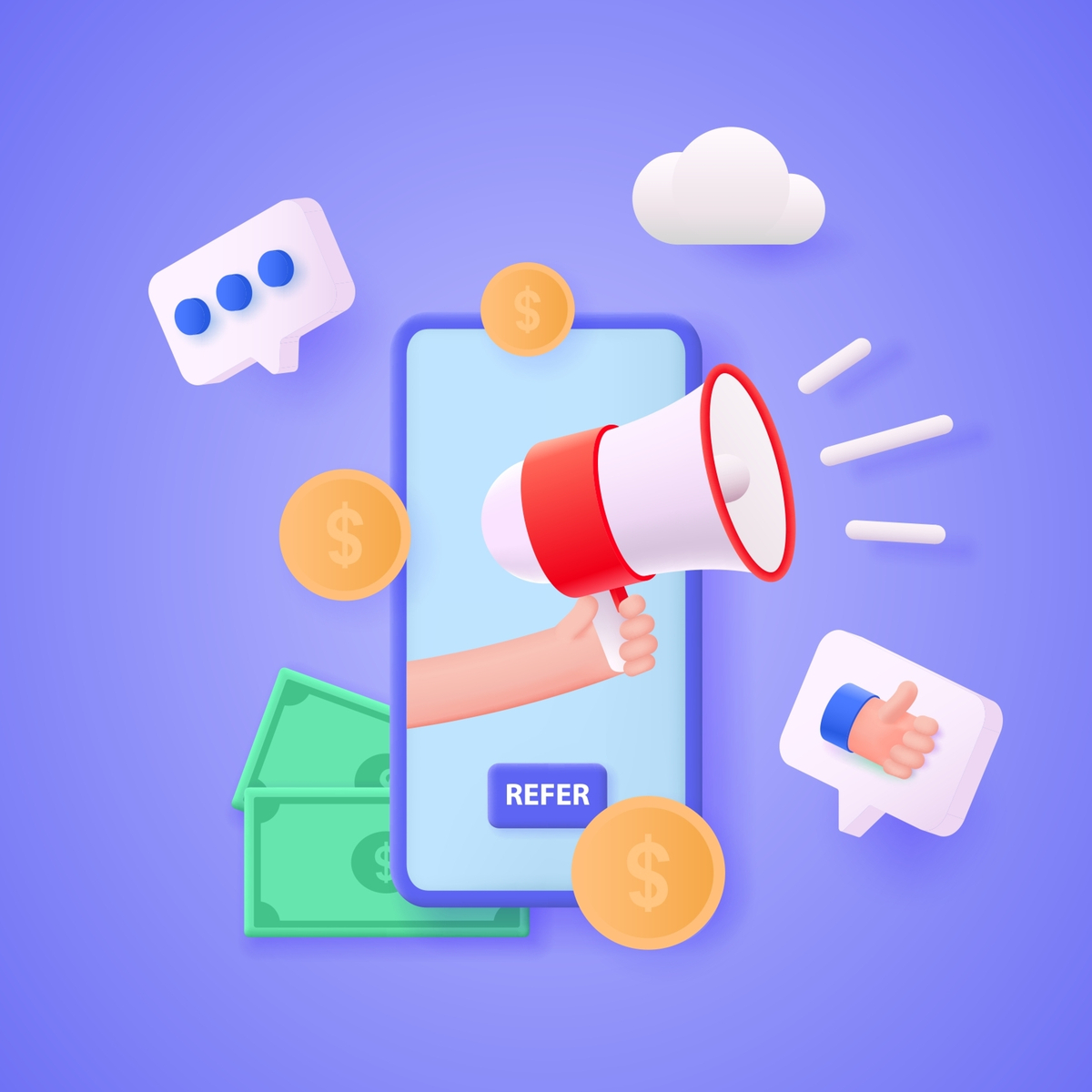
I hope you enjoy reading this blog post. If you want our handwritten notes to drive more sales for you, click here.
How Personalized Communication Skyrockets Customer Engagement
A new company in your space came online recently and, for some reason, it appears more and more people are choosing that company over yours. You just can’t figure out what the difference is between the two. So, you place an order with this fast-growing new company and when the order arrives you notice something odd. There’s a handwritten note included in the package written to you by name from the CEO.
Let’s talk about personalized communication and how it boosts customer engagement, trust and satisfaction so you stand out in an ocean of competition.
What is Personalized Communication?
Personalized communication is a type of communication that is customized to an individual or a group. It can take many different forms, such as a handwritten note or a personalized email. The goal of personalized communication is to make the recipient feel special and important.
Based on a study in the Journal of Business Research, customer gratitude is at the emotional center of reciprocity – that back and forth relationship between customer and company. More importantly, the most effective form of relationship marketing is preferential treatment. People love to think they’re getting something that “average” customers aren’t getting.
Just like you with your business, your customer wants to know they stand out in a crowd. They want to know they mean something more than a dollar sign or a sale. You’ve got to get that across to them in as efficient a way as possible and at scale.
As mentioned above, you could choose to give them a call or send an email, but you won’t get the results you’re looking for. The email inbox has been inundated with spam and junk for so long, people tend to skim through and only read the ones from people or companies they know well.
At the end of the day, the best personalized communication to support customer engagement strategies is something physical or tangible like a handwritten note, card, postcard – you get the idea.
Details of Personalized Communication Methods
When running a personalized engagement campaign, you’re basically tailoring the experience to a single customer. That customer should have no indication that the same communication was sent to other customers. The University of Houston – Victoria calls it “individualized interaction.” How exactly should you be communicating?
There are tons of ways to personally communicate with your customer, but we’ll focus on emails, text messaging, handwritten notes and swag.
Emails: You know that phrase that says something is “a dime a dozen”? Emails are a dime a million. Statista suggests the total number of emails sent and received each year in the United States will reach 376.4 billion by 2025. Worldwide about 320 billion emails are sent and received daily, again says Statista.
Email is congested and cluttered – overrun by junk mail and spam. However, personalized emails, when done right, can be highly effective, but only if they’re not lost in the mix. By “done right” we mean the execution of the structure and message. Mistakes only lead to a poor customer experience.
The last thing you want is to start a custom email campaign only to notice the introduction still reads, “Hey there [first_name]!” The name didn’t populate and now everyone on the list that could have thought the email was personalized to them, understands your company is just sending marketing messages to get more sales. You lose trust with those customers and trust is what you’re trying to build.
Text messaging: The United States population “is responsible for approximately 45% of the world’s text volume,” according to The Local Project. They go on to say, “Texting is the highest rated contact method for customer satisfaction” when comparing text, phone and Facebook.
It also helps that text messages are opened 99% of the time. People love to text and they love to receive offers via text, as long as you don’t drown them in messages. Stick with around two offers a month.
Swag: Your leads want the t-shirt, or whatever swag you’re willing to send in mass quantities. One of the cornerstones of a successful business is branding. You want your brand to be memorable, so people recognize it when your ads come up or when you send emails or personalized handwritten letters.
That branding, which includes a logo, specific colors and fonts, should also be printed on useful promotional items. Useful means something they can use around the house or even a magnet to go on the fridge.
Handwritten notes: Growing quickly in popularity is sending handwritten notes at scale. Because of the fast growth, you’ll find there are OK service providers, GOOD service providers and the BEST service providers. Handwritten notes are the perfect example of effective handwriting marketing.
What’s the difference?
OK: These services likely give you a few handwriting fonts to choose from, but the materials are of poor quality, they use printed postage and there’s no guaranteed turnaround time.
GOOD: Good services give you a few more handwriting fonts and they use high-quality material. They also use real stamps. You’ll like the way the end product looks and you may even decide to choose that provider for personalized communication and customer engagement, but that’s only because you don’t know what the best service provides. You cannot track the notes.
BEST: In addition to quality handwriting styles, the highest-quality materials and a Forever stamp, the best handwritten notes provider will also provide lead generation and even enrich those leads with email addresses, etc…. They literally provide all the tools you need for omnichannel marketing. And all this comes with a guaranteed fast turnaround and note tracking.
All three of these services will likely increase customer engagement, but maybe for the wrong reasons. If a consumer receives a poor-quality note that’s printed, not written, it will get thrown into the trash with the rest of the generic marketing mail, even if you personalized the communication.
Remember, what people are looking for is something special that no one else is getting. That’s where the best personal communication comes in. When they see you’ve taken the time to handwrite a note directly to them they instantly become engaged.
Then, with the help of amazing graphics, they display the handwritten notes for everyone to see which gets your name and business out there for others who trust the recipient. Basic word-of-mouth marketing at its best.
Does That Mean You Give Up Other Marketing Types?
Absolutely not! Personalized communication needs to be used in addition to the marketing tactics you currently have in place. This is called omnichannel marketing, as mentioned before. “The emergence of omnichannel marketing is breaking down the silos across available consumer-brand touchpoints,” says a piece in the Journal of Research in Interactive Marketing.
To reach your audience today, you need familiarity and omnichannel marketing helps you reach your customers on many platforms to build brand awareness. According to Marketing Intelligence & Planning, “Results suggest that personalized channels would be the most important mediators of the effects of perceived value on loyalty and also bring up the possibility of combining personalized direct communication with new cost-effective digital channels.”
Example of Omni-Channel Marketing
You use the best handwritten notes service provider. A few days after sending your first round of notes, you send a personalized email to the recipient and include an image of the note.
The subject: Did you receive my note?
Then head over to LinkedIn and connect with the person on that platform and send a warm message. All these different marketing tools work together to create familiarity and when you do right by the customer, trust.
How Does Personalized Communication Boost Customer Engagement?
There are billions of people on the planet and it would take something spectacular to stand out among the business moguls, celebrities and athletes in today’s world. But humans have a need for recognition and appreciation.
Psychology Today says, “Feeling appreciated strengthens the bond between people. It helps satisfy our longing for healthy attachment.”
Forbes lists the first thing to do to show customers you appreciate them is to “genuinely thank your customers. Showing genuine appreciation by thanking your customers can move mountains for your relationship.” Personalized communication boosts customer engagement because it fills a need the customer already has.
On top of this, “Surprises can help activate the pleasure centers of the brain. So, sending someone a note of appreciation or a small gift at unexpected times may make your gesture of appreciation more special,” says American Express.
We could go on and on – the fact is personalized communication that shows genuine appreciation will bring you closer to your customers than ever before. As they learn to trust your brand, their engagement will skyrocket leading to more leads, more business, more sales and better customer retention. If you haven’t started using personalized communication for customer engagement, the time to start is now!




